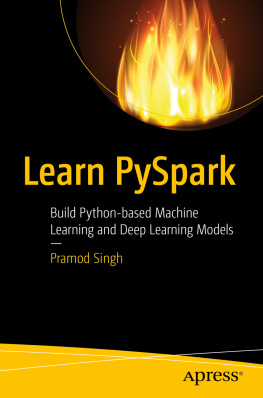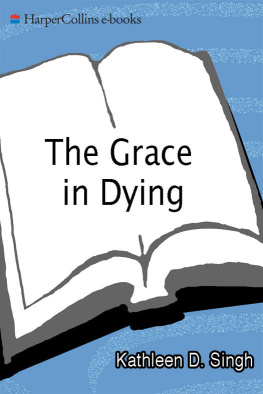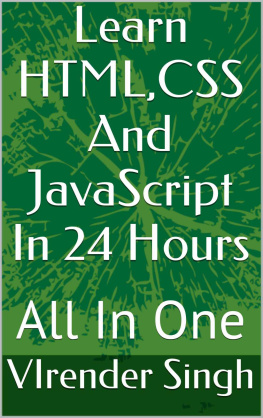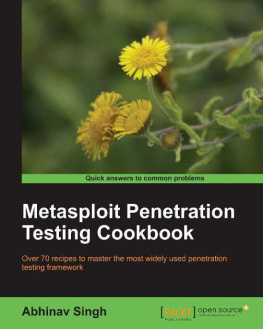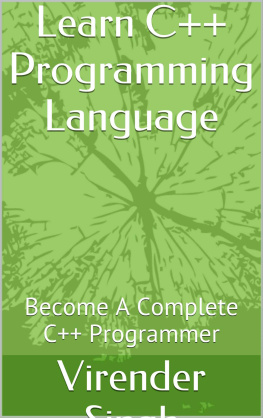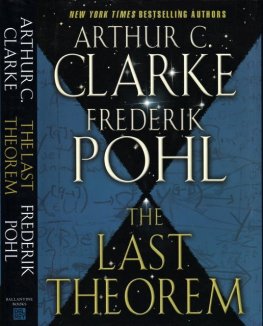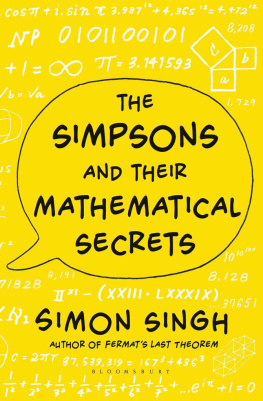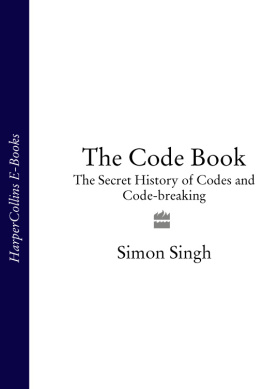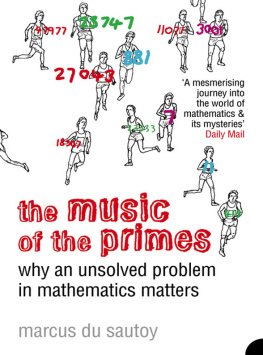Singh - Fermats Enigma
Here you can read online Singh - Fermats Enigma full text of the book (entire story) in english for free. Download pdf and epub, get meaning, cover and reviews about this ebook. year: 1997, publisher: Anchor, genre: Religion. Description of the work, (preface) as well as reviews are available. Best literature library LitArk.com created for fans of good reading and offers a wide selection of genres:
Romance novel
Science fiction
Adventure
Detective
Science
History
Home and family
Prose
Art
Politics
Computer
Non-fiction
Religion
Business
Children
Humor
Choose a favorite category and find really read worthwhile books. Enjoy immersion in the world of imagination, feel the emotions of the characters or learn something new for yourself, make an fascinating discovery.
Fermats Enigma: summary, description and annotation
We offer to read an annotation, description, summary or preface (depends on what the author of the book "Fermats Enigma" wrote himself). If you haven't found the necessary information about the book — write in the comments, we will try to find it.
xn + yn = zn, where n represents 3, 4, 5, ...no solution
I have discovered a truly marvelous demonstration of this proposition which this margin is too narrow to contain.
With these words, the seventeenth-century French mathematician Pierre de Fermat threw down the gauntlet to future generations.What came to be known as Fermats Last Theorem looked simple; proving it, however, became the Holy Grail of mathematics, baffling its finest minds for more than 350 years.In Fermats Enigma--based on the authors award-winning documentary film, which aired on PBSs Nova--Simon Singh tells the astonishingly entertaining story of the pursuit of that grail, and the lives that were devoted to, sacrificed for, and saved by it.Here is a mesmerizing tale of heartbreak and mastery that will forever change your feelings about mathematics.
Amazon.com ReviewWhen Andrew Wiles of Princeton University announced a solution of Fermats last theorem in 1993, it electrified the world of mathematics. After a flaw was discovered in the proof, Wiles had to work for another year--he had already labored in solitude for seven years--to establish that he had solved the 350-year-old problem. Simon Singhs book is a lively, comprehensible explanation of Wiless work and of the star-, trauma-, and wacko-studded history of Fermats last theorem. Fermats Enigma contains some problems that offer a taste of the math, but it also includes limericks to give a feeling for the goofy side of mathematicians.
From School Library JournalYAAThe riveting story of a mathematical problem that sprang from the study of the Pythagorean theorem developed in ancient Greece. The book follows mathematicians and scientists throughout history as they searched for new mathematical truths. In the 17th century, a French judicial assistant and amateur mathematician, Pierre De Fermat, produced many brilliant ideas in the field of number theory. The Greeks were aware of many whole number solutions to the Pythagorean theorem, where the sum of two perfect squares is a perfect square. Fermat stated that no whole number solutions exist if higher powers replace the squares in this equation. He left a message in the margin of a notebook that he had a proof, but that there was insufficient space there to write it down. His note was found posthumously, but the solution remained a mystery for 350 years. Finally, after working in isolation for eight years, Andrew Wiles, a young British mathematician at Princeton University, published a proof in 1995. Although this famous question has been resolved, many more remain unsolved, and new problems continually arise to challenge modern minds. This vivid account is fascinating reading for anyone interested in mathematics, its history, and the passionate quest for solutions to unsolved riddles. The book includes 19 black-and-white photos of mathematicians and occasional sketches of ancient mathematicians as well as diagrams of formulas. The illustrations help to humanize the subject and add to the readability.APenny Stevens, Centreville Regional Library, Centreville, VA
Copyright 1998 Reed Business Information, Inc.
Singh: author's other books
Who wrote Fermats Enigma? Find out the surname, the name of the author of the book and a list of all author's works by series.


